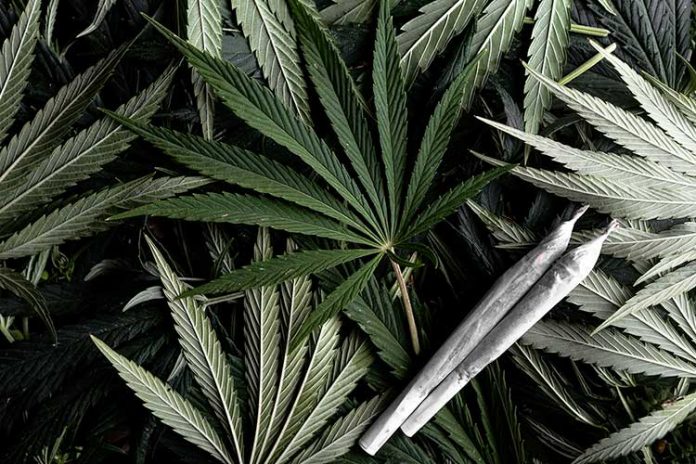A few things would be banned under proposed rules to regulate medical marijuana in Oklahoma, including dispensaries near schools, indoor smoking and psychoactive gummy bears.
Oklahomans will vote Tuesday on State Question 788, which would legalize medical marijuana. Opponents have argued it represents a backdoor effort to allow recreational marijuana use, because it doesn’t lay out specific health conditions marijuana could treat and has relatively generous limits on the amounts patients could possess.
The Oklahoma State Department of Health began circulating draft rules last week to regulate medical marijuana licenses for patients, caregivers and businesses. The Board of Health won’t vote to finalize them until July 10, assuming voters approve the ballot question, said Tony Sellars, spokesman for the Health Department. Gov. Mary Fallin would then have 45 days to either approve or reject the emergency rules.
The rules lay out guidance for doctors interested in recommending marijuana, patients who want to use it and businesses looking to grow, process, or sell it:
Patients
Patients younger than 18 would need two physicians who don’t work together to sign off on a medical marijuana recommendation. Those young patients aren’t allowed to use forms of marijuana that you smoke or inhale.
Licenses would last for two years, though teen patients’ licenses could expire in less than two years if they turn 18 first. Patients can apply to renew licenses.
Patients wouldn’t be allowed to smoke or vape medical marijuana in any place where smoking tobacco is illegal, and would be forbidden from doing so in the presence of anyone under 18.
Only homebound patients would be allowed to designate a caregiver to manage their medical marijuana. Any patient or caregiver who has marijuana left over after a license expires or a patient dies would have to surrender it to law enforcement or destroy it.
Doctors
Physicians looking to recommend marijuana in Oklahoma would have to have a “bona fide,” ongoing relationship with patients seeking it. They would be required to counsel patients about risks including addiction; worsening of symptoms in people with psychotic disorders; cognitive damage in children and young adults; and car crashes from driving under the influence. Doctors also are required to tell patients that marijuana can vary in its effects.
Doctors are forbidden from recommending medical marijuana to pregnant women. They also can’t recommend to their own close family members or employees.
Physicians recommending medical marijuana would have to be licensed to prescribe controlled substances and have to complete marijuana-specific training.
Dispensaries
The rules forbid products that would appeal to children, including marijuana-laced gummy bears or worms, lollipops, “fake cigarettes” and animal-shaped candies.
Dispensaries may not share space with any other type of business, or sell any non-marijuana products. Only licensed patients and caregivers would be permitted to enter.
They would have to be at least 1,000 feet from school buildings and could only operate from 10 a.m. to 9 p.m. Monday through Saturday.
Other businesses
At least 75 percent of a marijuana business’ owners must be Oklahoma residents.
Any facilities must keep their marijuana behind locked doors and prevent the public from seeing or smelling it, and must have an alarm system and video surveillance.
The Health Department will inspect commercial operations annually and in response to complaints, and businesses must submit monthly reports.
Each batch of medical marijuana products must be tested for chemical content, heavy metal contamination, pesticides and several bacterial and fungal infections. Labs would have to apply to perform testing on medical marijuana.
The rules leave some questions unanswered. The Health Department appears to be trying to address that by calling for the Commissioner of Health to appoint a 12-person board to suggest changes or additional rules by December.














